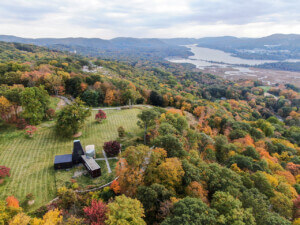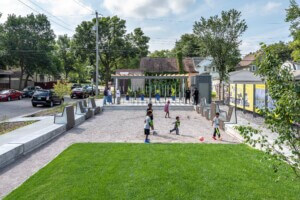It all started with a letter.
With its postage at least thrice confirmed but the likelihood of an affirmative response to its receipt anything but certain, the single piece of snail mail in question began its journey from Wayne County, Michigan, to the small Dutch village of Hummelo just after Thanksgiving in 2016.
Between Christmas and New Year’s Day, the three members of the Garden Club of Michigan (GCM) who had sent the Netherlands-bound missive received a reply from its recipient, Piet Oudolf. They could hardly have predicted his response, nor the chain of events that followed.
In late August, after being delayed by an ongoing global pandemic, Oudolf Garden Detroit made its debut at the city’s historic 982-acre Belle Isle Park. The four-season garden is one of only a modest handful of public Oudolf projects in the United States, a list that includes the High Line in New York City and the Lurie Garden in Chicago’s Millennium Park. It’s also the only public garden by the celebrated landscape designer to be run by an all-volunteer grounds crew.
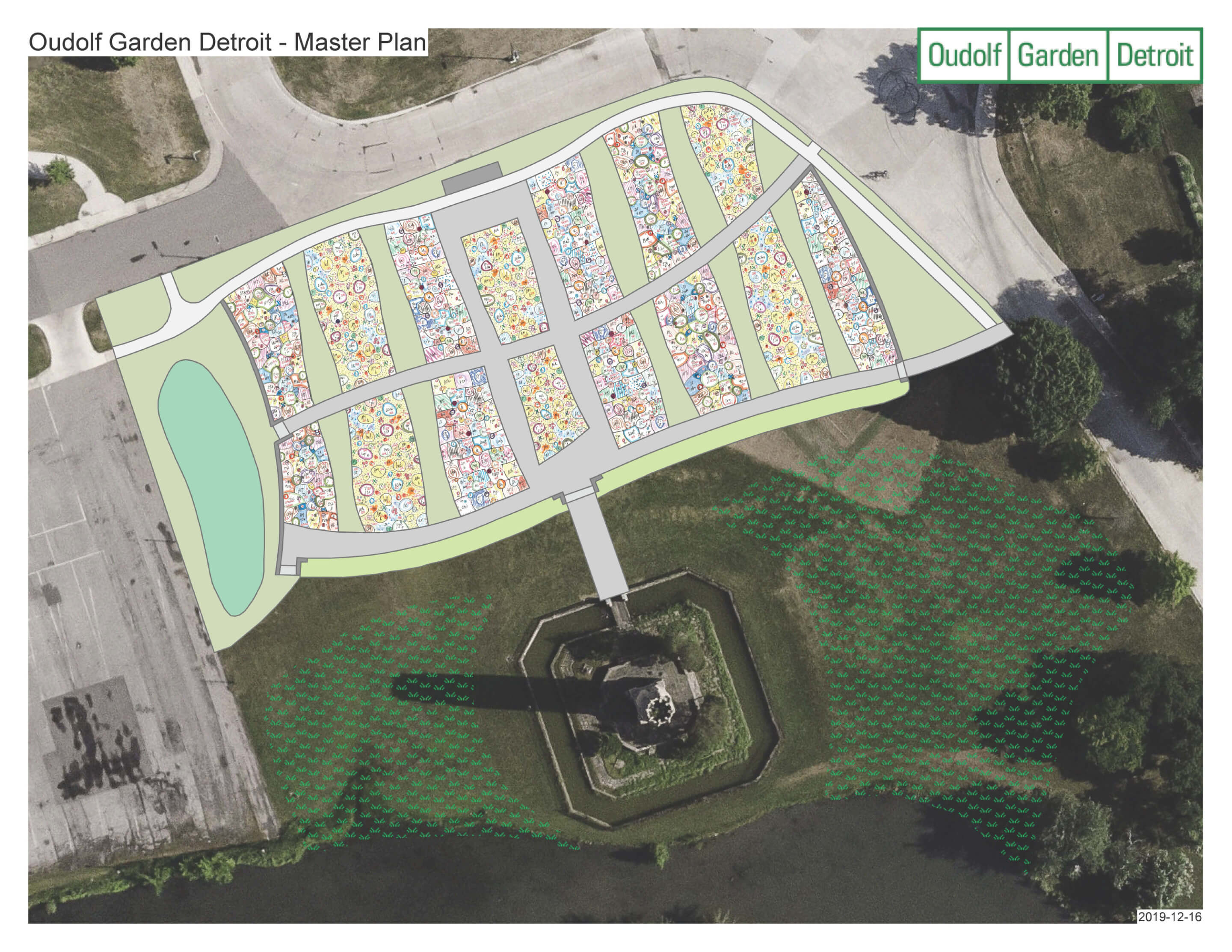
Writing to Oudolf, the GCM specifically mentioned Belle Isle, which was designed by Frederick Law Olmsted and moored in the Detroit River. (Previously a city park, Belle Isle has operated as a state park since 2014.)
“We wanted to do one that would make a difference to the island and to the community,” recounted Maura Campbell, then-president of the GCM and current spokesperson for the Oudolf Garden Detroit grounds crew. “And I urged everybody at the time to think big: If you could have anybody in the world come and do a garden, who would it be?”
Oudolf was one among many landscape designers suggested by club members; his name was specifically mentioned by Jean Hudson, wife of the late Detroit philanthropist and department store magnate Joseph L. Hudson. After “hitting a few little brick walls and not getting anywhere with connections that people had,” in the initial outreach phase, Campbell cold-called filmmaker Thomas Piper, who at the time was working on his documentary, Five Seasons: The Gardens of Piet Oudolf, which he released in 2018. Piper suggested reaching out to Oudolf directly about visiting Detroit—a shot in the dark, but still a shot.
Talks began soon after Oudolf accepted the invitation. By April 2017, the pioneering New Perennialist was on the ground in Detroit for a whirlwind day-and-a-half tour, during which he selected the site for the future 2.5-acre garden that bears his name.
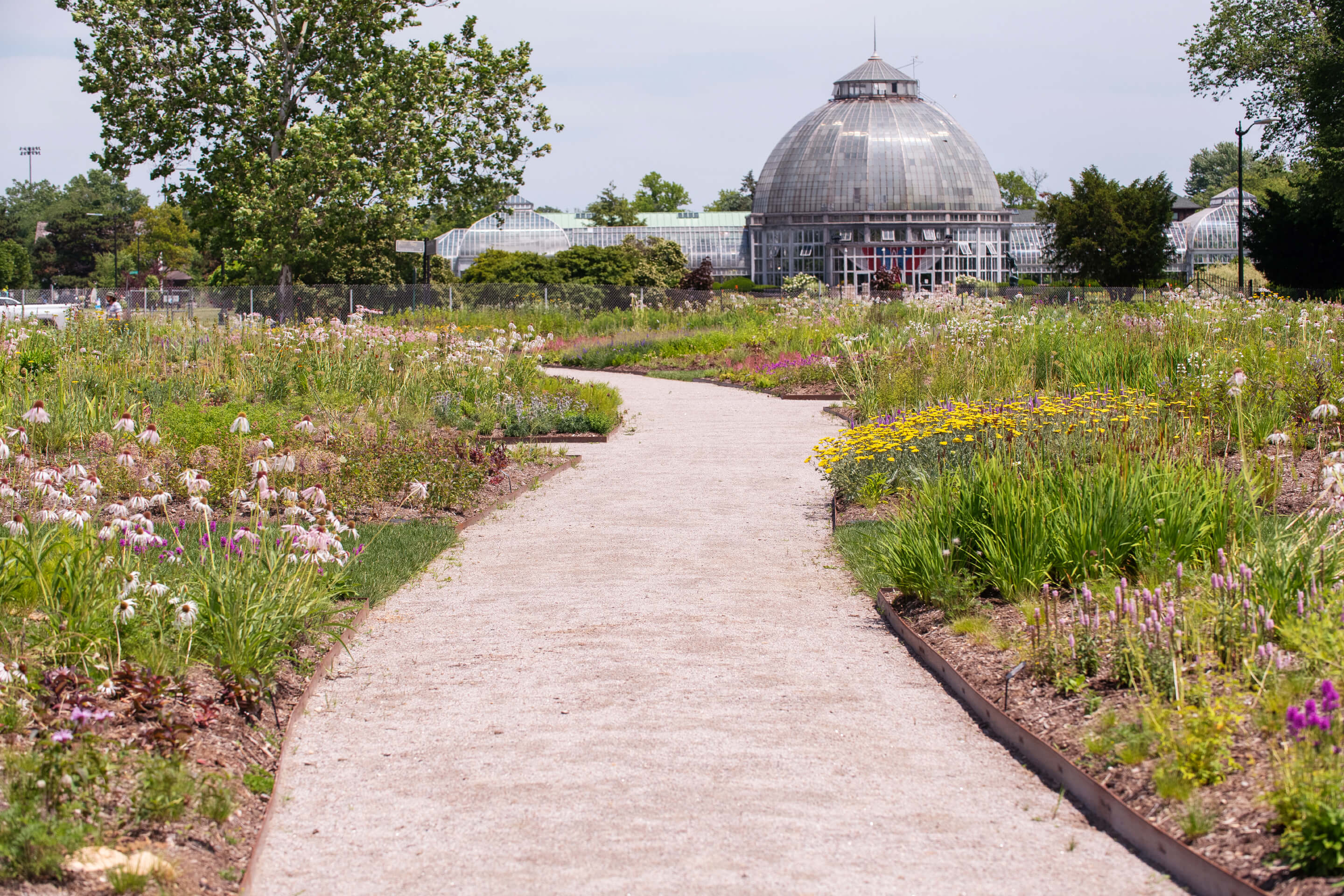
“We showed him everything in Detroit—the good, the bad, the ugly, the Dequindre Cut, the riverfront,” said Campbell. “We decided that while we wanted the garden to be on Belle Isle, if you have the world’s best, why would you tell him where his garden should go? Have him tell us where he thinks his garden should go—and the site where the garden is today is the one that he picked.”
Located in the southwestern section of the park on what was once an expanse of “terrible scrappy sod grass,” as Campbell put it, Oudolf Garden Detroit is a painterly landscape of hardy perennials, shrubs, and trees that melds three distinct planting styles: group- and block-pattern beds, both of which are more or less self-explanatory, along with Oudolf’s signature matrix style, a highly naturalistic, blended planting method in which one or two species, usually grasses, serve as a soft base layer—the “matrix”—for a variety of more structural and showy plants. (In yet another point of distinction, the garden is the only Oudolf project in the U.S. to utilize all three: group-pattern beds, block-pattern beds, and Oudolf’s signature style.) Fifteen 25-foot-long beds, bisected by gently meandering paths, are collectively home to 32,000 or so perennials and grasses, 90 percent of them sourced from Michigan-based growers. As with other Oudolf designs, the garden’s understated, naturalistic beauty is meant to evoke an emotional response.
“His aim is to bring people in and connect people,” said Campbell, noting the garden’s tranquil riverside setting adjacent to the Nancy Brown Peace Carillon, a landmark neo-Gothic bell tower, and the Canadian Peace Monument. “We want it to be a place of peace, meditation, and contemplation.”
The COVID-19 crisis prevented the typically hands-on Oudolf from personally overseeing the garden’s planting in the fall of 2020, a process already stalled by record flooding in 2019 that prompted an extensive redesign. Still, he coordinated closely via FaceTime with the Oudolf Garden Detroit grounds crew from his home base in Hummelo. (Ann Arbor–based InSite Design Studio served as landscape architect alongside a long list of project collaborators and backers that worked with the core team of volunteers.)
The pandemic also thwarted Oudolf’s plans to attend the August opening of the $4.7 million project. “My bags were packed but, unfortunately, this trip was not to be,” he said in a written statement. “This garden sits on one of the most natural sites for one of my gardens anywhere.”
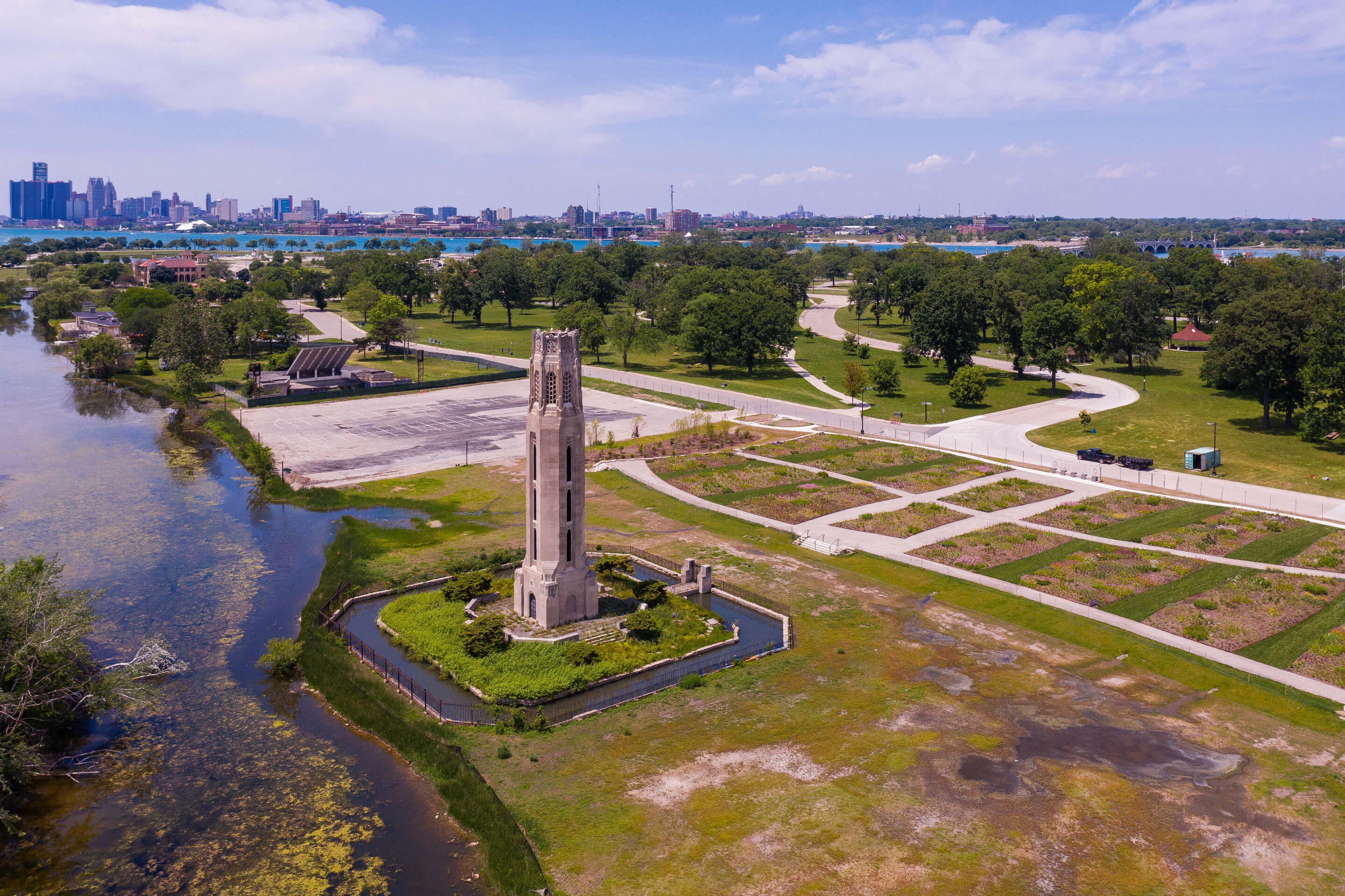
While COVID travel restrictions resulted in a major wrinkle for Oudolf Garden Detroit’s debut, there was a sweet bit of synchronicity in play: The garden’s opening virtually coincided with the launch of the 11th edition of Detroit Month of Design, a citywide celebration held every September that features open studios, exhibitions, site-specific installations, talks, and workshops. Organizers, preparing for the biggest show in the event’s history, lined up guided tours for visiting journalists and guests.
“People will come from all over to see the garden, and I really hope that they will stay and linger so that they can feel and experience what we feel,” said Olga Stella, executive director of Design Core Detroit, the nonprofit behind Detroit Month of Design, who is also a steward of Detroit’s singular (for the U.S.) UNESCO City of Design designation.
“Detroiters aren’t waiting for someone else to solve their problems,” said Stella of the project’s origins. “They’re active problem solvers at all levels.”
As evinced by Oudolf Garden Detroit, sometimes making happen what you want to happen in the Motor City can be as simple as sending a friendly hello in the mail to a stranger thousands of miles away.









